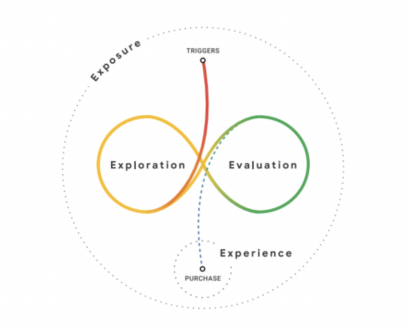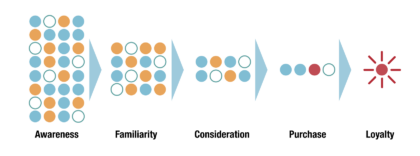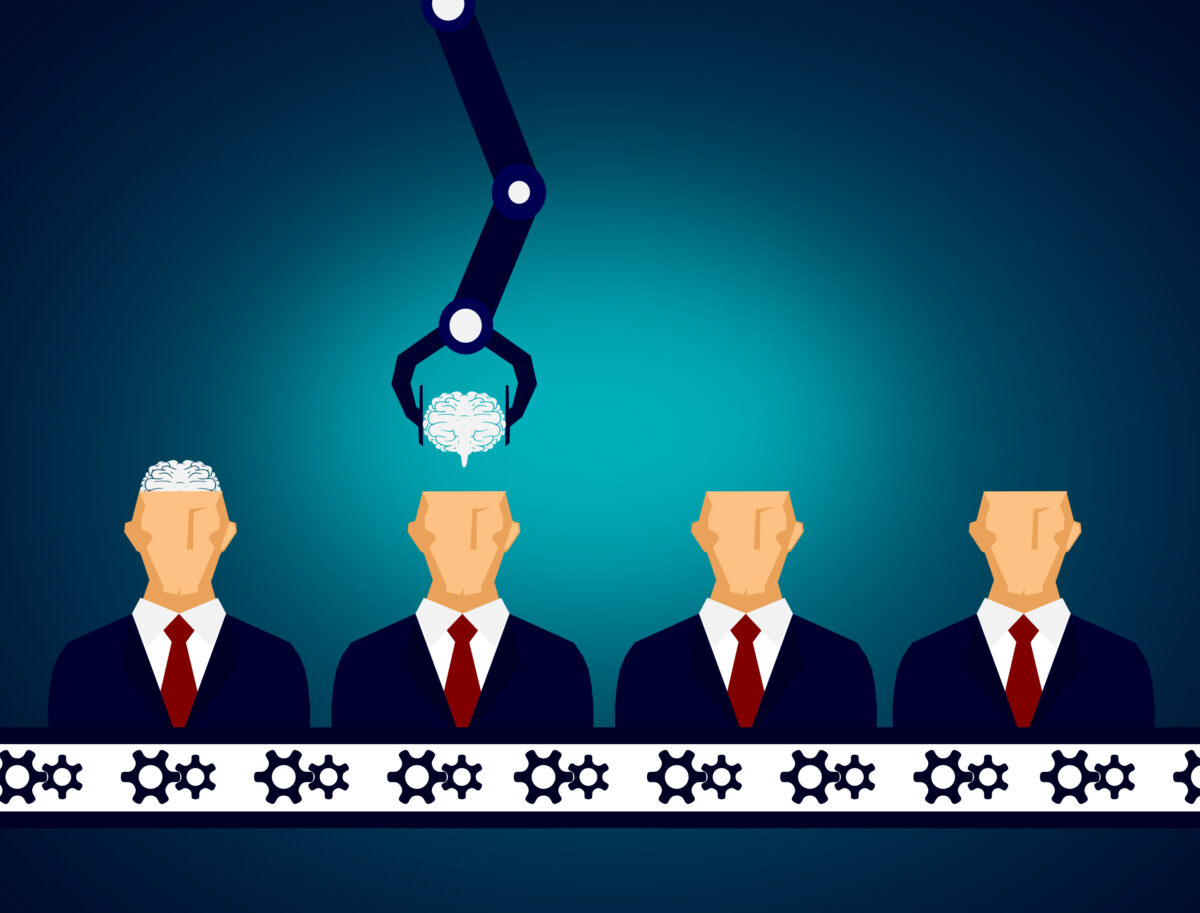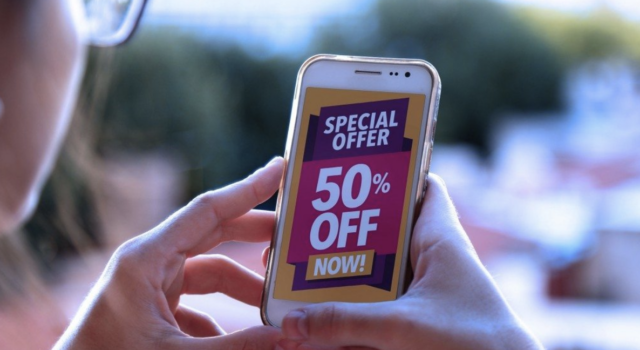Every brand, in some capacity, is running digital ads, meaning standing out amongst your competitors is harder than ever. What are we all competing for? Simple: your attention. The average human attention span, thanks to the growth of short form content, is down to 8.25 seconds. This means it’s getting increasingly hard to be noticed amongst the tens of thousands of ads we see everyday. So, how then do we get noticed and how do we get our target audience to click on our ads?
The three Rs of getting an ad click
To our get our target audience to click on our ads, we need to keep these three Rs in mind:
- Relevance
- Refreshing
- Right place, right time
Relevance: As humans, we have needs, either conscious or unconscious. And while meeting our needs is a primary objective in life, we also want to use the least amount of energy we can on making a decision. This is known as the principle of least effort: Audiences are looking for the easiest way to find the information they need to make a decision.
A study done by Clutch found that 33% of their participants clicked on paid search ads because it directly answered their search query. This further explains that when an ad is relevant to what a user is searching for, they’re more likely to click on it. The more vague and generic the ad copy, the less likely the user is to click.
Refreshing: In today’s advert-heavy, attention-starved world, refreshing ad creative and copy will go some way in cutting through the noise. Something that stands out, something that breaks through the clutter, something that is abrupt or unexpected, is going to make your audience stop and pay attention to your advert.
To create something new and refreshing, you have to know what is old and redundant. Look at what your competitors are doing, what kind of ads they’re pushing, what kind of messaging they’re using and then find your own red sea. Don’t be afraid to use emotions (yes, even if you’re a B2B business). Remember; there’s a human behind the screen. Studies have concluded that the use of emotional themes or symbols in advertising can perpetuate a positive reaction towards a product/service. So, use emotion to your advantage; add it to the narrative of your ad campaigns and create something memorable.
Right place, right time: Being in the right place, at the right time, plays an imperative role in influencing your audiences’ actions. As obvious as it may sound, if your ad isn’t visible, no one is going to click through. What does that mean for advertisers? It means that we need to be where our audiences are.
Firstly, pick the platforms relevant to your business. Do you run an ecommerce shoes business? Google Shopping. Do you sell garden furniture? You might find your audience on Pinterest. Are you a B2B software company for employee training? LinkedIn might be your best shot. Investing in audience research will help ensure you’re in the right place to reach out at their point of need.
Not only do you need the right platform, but you also need the right placement. For example, showing up on a Facebook feed may get you more clicks than its Marketplace, and ranking highly on Google will garner a higher CTR than if ranking lower down.
However, abiding by the three Rs is not enough; you need timing. This is why it’s important to understand the customer decision-making journey

The Triggers
Most consumers, when triggered to make a purchase, start with an initial-consideration set of brands to purchase. This means that if someone wants to, for example, buy a new laptop, they will already have a set of brands in mind to purchase from.
Investing in a clear, memorable brand identity that communicates what the brand stands for and evokes emotions greatly increases a brand’s chances of getting in this consideration set. At this stage, the relevance refers to keeping ads informational as opposed to ‘salesy’. Inform users about your brand, why your brand is different, and why you’re more than ‘just a product’. Timing and placement matter, too; a user who is not looking to buy is not going to search for the product you sell. So YouTube, for example, is going to be more effective than Google Search for awareness ads.

Exploration & evaluation
If you didn’t make it to the initial-consideration set, all is not lost. According to McKinsey, the number of brands in the consideration set is likely to increase in the exploration and evaluation stages. Brands can, through relevant and refreshing ads, break into the consideration set and even push rivals out.
The key is to understand the consumer’s motivation at this stage. The need to purchase has been triggered but now the question is ‘where from?’ Users at this stage will be researching across multiple channels, including watching YouTube videos, reading comparative articles and assessing exactly which brand is going to solve the pain point they have. Make sure your ad creative and copy is focusing on why you are better than other brands. Case studies and thought leadership pieces are great content examples for this type of ad, with copy tailored to solving consumer pain points.
Purchase
After exploring and evaluating all the offers available, the last stage in the buyer journey is making a purchase. From introducing audiences to your brand, navigating them out of the messy middle, this is time for the final push to buy. To encourage a purchase, your ad needs to provide a reminder or an incentive to purchase. Did the user come to your website and add their choice of laptop to the cart? Remarket them with a dynamic ad on Facebook to remind them to purchase. Maybe add a discount code in your ad copy targeted specifically to users who added that laptop to cart. The more personalised the ad at this stage, the higher the chance of the user clicking on it.
The last click: putting it all together
Understanding the psychology of ad clicks isn’t just about clicks, it’s about the entire customer journey. Make ads that are relevant to your audience across the entire customer journey, take risks with your creative and your copy to stand out of the crowd, and lastly, be where your audience is.
Looking to expand your audience?
Do you want to better understand how you can reach next customers – or, perhaps, better understand your existing ones? Get in touch.






